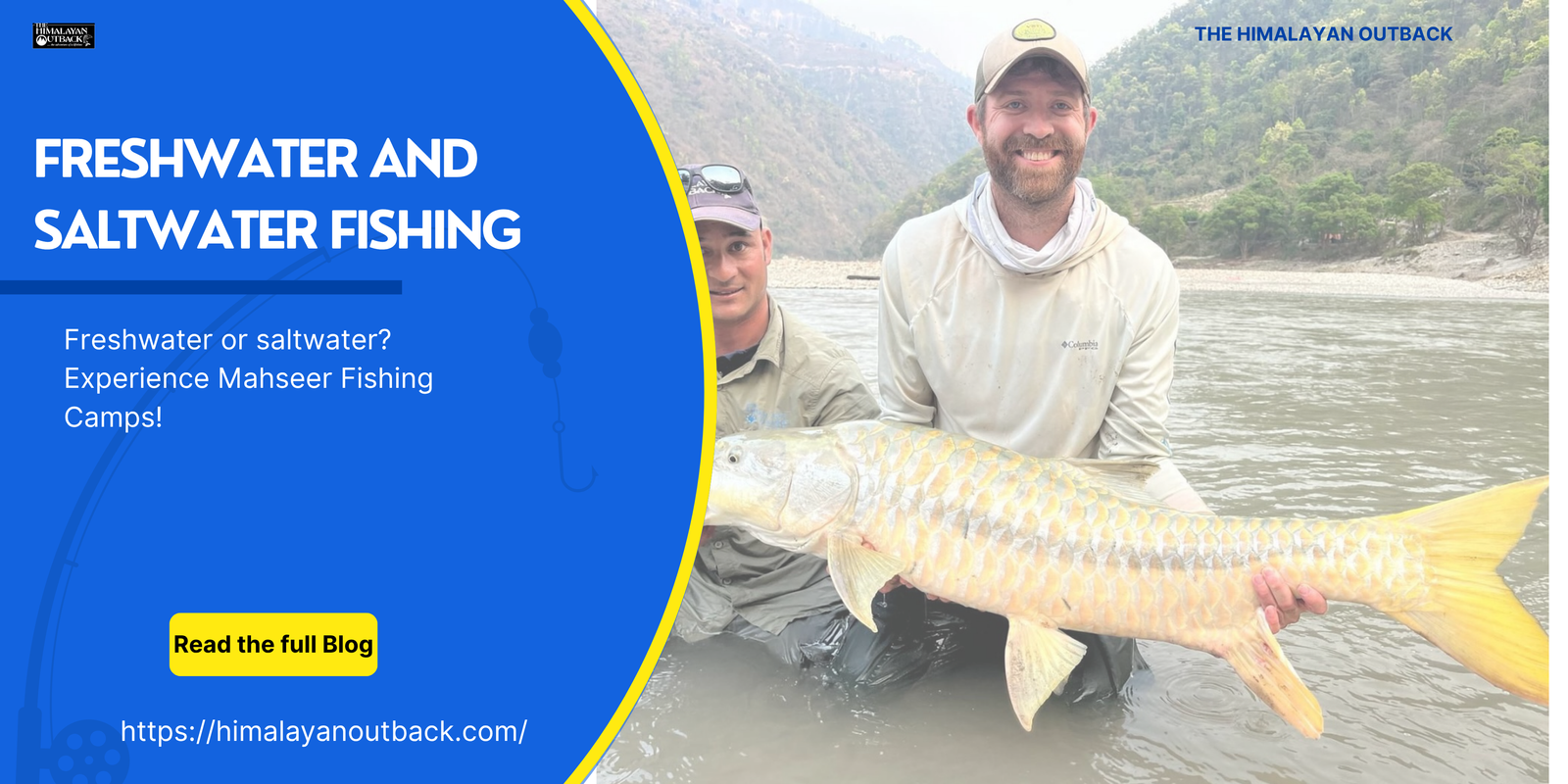Nestled in the heart of Himachal Pradesh’s Kullu district, the Great Himalayan National Park stands as one of India’s most pristine wilderness destinations. This UNESCO World Heritage Site offers adventure seekers a chance to explore untouched landscapes, spot rare wildlife, and experience the raw beauty of the Himalayas. With over 1,000 plant species, 31 mammal species, and 200 bird species calling this park home, every trail promises unique discoveries and unforgettable encounters with nature.
The park’s diverse terrain ranges from subtropical forests at lower altitudes to alpine meadows at higher elevations, creating distinct ecosystems that support an incredible variety of flora and fauna. For trekkers seeking solitude and authentic wilderness experiences, these seven trails offer the perfect gateway into one of India’s most biodiverse regions.
The Tirthan Valley Trail
The Tirthan Valley Trail serves as the most popular entry point into the Great Himalayan National Park. This moderate trek begins from the charming village of Gushaini and follows the crystalline Tirthan River upstream through dense mixed forests.
The trail offers excellent opportunities for wildlife safari Himachal Pradesh enthusiasts, with frequent sightings of Himalayan black bears, barking deer, and various bird species. The path winds through oak, deodar, and rhododendron forests, providing shade and stunning scenery throughout the journey.
Trekkers can expect to encounter several river crossings and stone bridges that add excitement to the adventure. The trail is well-marked and suitable for beginners, making it an ideal introduction to GHNP trekking tours. Local guides often share fascinating stories about the region’s conservation efforts and traditional practices of the local communities.
Rolla to Shilt Alpine Adventure
This challenging trail takes adventurers from Rolla village to the high-altitude meadows of Shilt, covering approximately 7 kilometers of steep terrain. The trek represents one of the most rewarding experiences for serious hikers visiting the Great Himalayan National Park.
The journey begins with a gradual ascent through dense forest before transforming into a steep climb that tests even experienced trekkers. The trail passes through prime habitat for the Western Himalayan Tragopan, Himachal Pradesh’s state bird, making it a paradise for birdwatchers.
At Shilt, trekkers are rewarded with expansive alpine meadows that burst with wildflowers during the summer months. The campsite offers panoramic views of surrounding peaks and serves as an excellent base for exploring higher altitudes. Night skies here are particularly spectacular, with minimal light pollution allowing for incredible stargazing opportunities.
The Rakhundi Summit Trail
Reaching an elevation of 3,622 meters, the Rakhundi Summit Trail represents the highest accessible point within the Great Himalayan National Park. This demanding trek requires good physical fitness and proper acclimatization but rewards adventurers with breathtaking 360-degree views of the Himalayan landscape.
The trail provides exceptional opportunities to spot the elusive Himalayan Tahr and the colorful Monal Pheasant, both iconic species of the region. The final ascent to the summit involves navigating rocky terrain and steep grades, but the panoramic vistas make every step worthwhile.
From the summit, trekkers can observe the entire layout of the national park, including distant peaks, deep valleys, and the intricate network of rivers that feed the region. The area serves as crucial habitat for high-altitude wildlife, and patient observers often spot snow leopard tracks during winter months.
Sainj Valley Wildlife Trail
The Sainj Valley forms the northern boundary of the Great Himalayan National Park and offers one of the most diverse wildlife viewing experiences in the region. This trail system provides multiple route options, from day hikes to multi-day expeditions deep into the park’s core zone.
The valley’s unique geography creates microclimates that support an extraordinary variety of plant and animal life. Trekkers frequently encounter blue sheep, serow, and various species of pheasants along the well-established paths. The region’s dense forest cover provides excellent camouflage for wildlife, making early morning and late afternoon the best times for animal sightings.
Local communities have established several eco-tourism initiatives along this trail, offering visitors chances to learn about traditional conservation practices and sustainable living. The trail also features several pristine camping spots beside mountain streams, perfect for overnight stays.
Jiwa Nal Meadow Circuit
The Jiwa Nal Meadow Circuit offers a moderate trek that combines forest walks with high-altitude meadow exploration. This circular route provides excellent value for trekkers seeking diverse landscapes without the extreme physical demands of summit attempts.
The trail begins with a gentle climb through mixed deciduous forests before opening into vast alpine meadows dotted with seasonal wildflowers. The area serves as important grazing grounds for blue sheep and provides nesting sites for numerous bird species, including the rare Koklass Pheasant.
During monsoon season, the meadows transform into a carpet of vibrant flowers, creating perfect photography opportunities. The circuit can be completed in two to three days, making it ideal for weekend adventurers or those with limited time for GHNP trekking tours.
Pundrik Lake Sacred Trail
This spiritual and scenic trail leads to the sacred Pundrik Lake, nestled at high altitude within the park boundaries. The trek combines religious significance with natural beauty, attracting both pilgrims and nature enthusiasts.
The path follows ancient pilgrimage routes used by local communities for centuries. Stone markers and traditional rest stops dot the trail, providing insight into the region’s cultural heritage. The lake itself is considered sacred by local communities, who believe its waters possess healing properties.
The trail offers excellent opportunities for botanical enthusiasts, with rare medicinal plants and herbs growing along the route. Several species of primulas, potentillas, and other alpine flowers create spectacular displays during the blooming season.
Bashleo Pass Adventure Route
The Bashleo Pass Adventure Route represents the most challenging trail system within the Great Himalayan National Park. This multi-day expedition requires experienced trekkers and proper permits, but offers unparalleled access to the park’s most remote regions.
The route crosses several high-altitude passes and traverses terrain rarely visited by tourists. Wildlife encounters are frequent, with excellent chances of spotting musk deer, brown bears, and various high-altitude bird species. The trail system connects multiple valleys and provides access to some of the park’s most pristine ecosystems.
Advanced trekkers can extend this route to explore neighboring regions, creating epic multi-week adventures through some of the Himalayas’ most untouched wilderness areas. Professional guides are essential for this challenging expedition due to navigation complexity and safety considerations.
Essential Planning Information
Best Time to Visit
The Great Himalayan National Park operates on a restricted schedule to protect its fragile ecosystems. The park typically opens from June 25th to July 10th and again from August 15th to September 15th each year. These limited windows ensure minimal impact on wildlife breeding cycles and vegetation growth.
Summer months offer the best weather conditions for trekking, with stable temperatures and clear skies. However, monsoon season can bring unexpected weather changes, so proper gear and flexibility are essential for all expeditions.
Permits and Regulations
All visitors to the Great Himalayan National Park must obtain proper permits before entering. The park limits group sizes to maintain ecological balance, with maximum group sizes of eight people for most trails. Advance booking is essential, especially for popular routes and peak season dates.
Camping is restricted to designated areas only, and all waste must be carried out to preserve the park’s pristine environment. Local guides are mandatory for most trails, providing both safety and educational benefits for visitors.
Wildlife Safari Opportunities
While traditional vehicle safaris are not available within the park, wildlife safari Himachal Pradesh experiences come in the form of guided wildlife observation walks. These specialized tours focus on animal behavior, habitat identification, and photography techniques.
Early morning and late afternoon sessions provide the best wildlife viewing opportunities. Expert naturalists accompany these sessions, sharing knowledge about animal behavior, conservation efforts, and the park’s ecological significance.
Making the Most of Your Great Himalayan National Park Adventure
The Great Himalayan National Park offers some of India’s most rewarding trekking experiences for those willing to venture beyond conventional tourist destinations. Each trail provides unique perspectives on Himalayan ecology, from dense subtropical forests to pristine alpine meadows.
Success in this wilderness depends on proper preparation, respect for natural systems, and willingness to embrace the unexpected. The park’s limited access ensures that every visitor experiences true wilderness, away from crowds and commercial tourism.
The conservation success story of the Great Himalayan National Park demonstrates how protected areas can preserve biodiversity while providing sustainable benefits to local communities. By choosing responsible GHNP trekking tours, visitors contribute directly to ongoing conservation efforts and community development programs.
Start planning your adventure to this UNESCO World Heritage Site today. Whether you’re seeking challenging high-altitude treks or moderate wildlife viewing experiences, the Great Himalayan National Park offers unforgettable encounters with some of the world’s most spectacular mountain wilderness.






